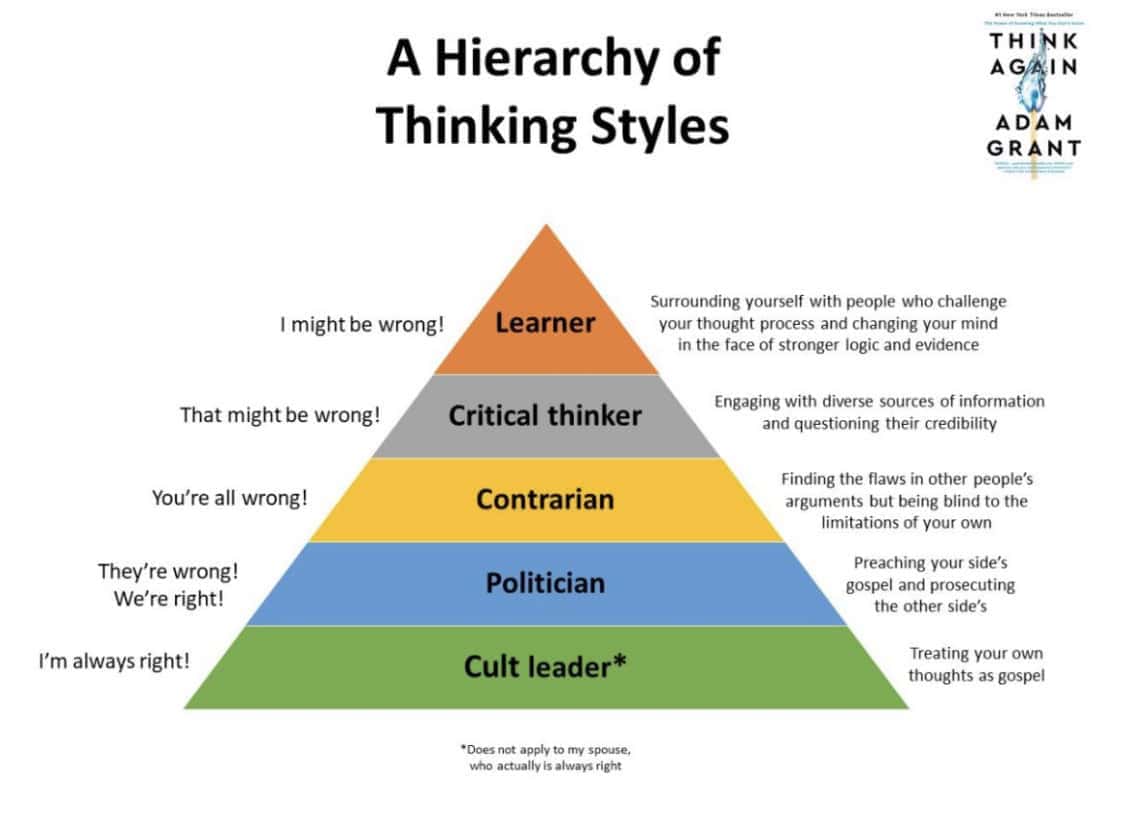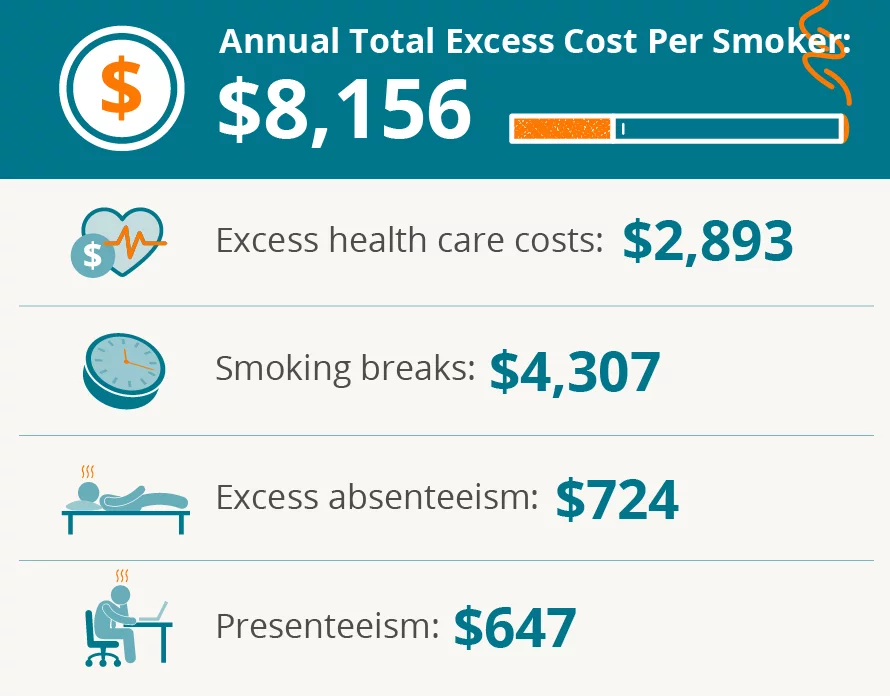“Strategy is not the art of doing ordinary things exceptionally well. It is the art of doing the right things exceptionally well.” – Peter Drucker.
BLIP-ZIP Executive Summary
Despite the barriers, we have the potential to transform tobacco cessation programs. By understanding different thinking styles and their impact, we can shift from reactive to proactive strategies, leading to sustainable change. This article explores the power of strategic thinking in this transformation, offering hope and motivation for the future of tobacco cessation efforts.
Hashtags: #TobaccoCessation #StrategicThinking #CommunityHealth #PublicHealth #HealthEquity
Table of Contents
Introduction: The Tobacco Epidemic: A Persistent Challenge
Tobacco use remains a leading cause of preventable death worldwide. Despite decades of intervention, smoking rates, while declining, persist in specific populations. A barrier or critical factor contributing to the ineffectiveness of many tobacco cessation programs is the absence of evidence-based screening and strategic thinking on the part of strategic health leaders. Learn more in my article, “I Aint Got Time For the Stink’n Futures Stuff! Really? Strategic Health Leadership (SHELDR) Thought Leadership Series,” and many more at my SHELDR WEBSITE.
Further, the impact of tobacco use is staggering. Cigarette smoking is the leading cause of preventable death in the United States. Cigarette smoking causes more than 480,000 deaths each year in the United States–nearly one in five deaths. More than ten times as many U.S. citizens have died prematurely from cigarette smoking than have been killed in all the wars fought by the United States. Smoking causes about 90% (or 9 out of 10) of all lung cancer deaths. More women die from lung cancer each year than from breast cancer. Smoking causes about 80% (or 8 out of 10) of all deaths from chronic obstructive pulmonary disease (COPD).
Cigarette smoking increases the risk of death from all causes in men and women. The risk of dying from cigarette smoking has increased over the last 50 years in the U.S.
A CDC reports persistent smoking disparities among socioeconomic groups, indicating a need for tailored approaches. Although cigarette smoking has declined considerably among U.S. adults over the past half-century, an estimated 34 million U.S. adults currently smoked cigarettes in 2019. Moreover, in 2020, 4.5 million U.S. middle and high school students currently used some form of tobacco product. In addition, disparities in tobacco use persist across population groups, including by race/ethnicity, socioeconomic status, and across regions of the country.
These disparities underscore the importance of understanding the complex interplay of factors influencing smoking behavior, such as social determinants of health, economic conditions, and cultural norms.
If tobacco cessation programs fail or falter and the impact is staggering, then why does the problem persist? The answer lies in the need for leadership and strategic thinking. By adopting a holistic perspective and considering the broader context, we can inspire and encourage the development of more effective and sustainable tobacco cessation programs.
The Hierarchy of Thinking Styles in Tobacco Cessation
Adam Grant’s different ways of thinking can be connected to various archetypes, showing multiple intellectual curiosity and creativity levels. At their core, “cult leaders” are people who enforce strict beliefs and expect everyone to follow them without question, which kills creativity in favor of conformity. Next, “politicians” change their positions to fit in with popular opinion and gain support. This shows flexible but often shallow thinking.
The “contrarians” question the accepted norms and present different viewpoints, leading to a more in-depth analysis. At a higher level, “critical thinkers” carefully look at evidence and arguments to get objective insights and solid conclusions. At the top, “learners” are intellectually curious and constantly growing, combining different points of view and pushing the limits of what is known. This list stresses the importance of mixing different thinking methods to create a lively and robust intellectual atmosphere.

Outthink, The Poor Strategic Thinkers
To outthink the poor strategic thinkers, the savvy strategist must be armed with facts on the impact of tobacco use, especially crucial stakeholders such as employees and employers. This means being proactive and strategic in addressing the challenges posed by tobacco use, rather than simply reacting to them. Smokers have a more challenging time getting hired. The chances of getting a job within a year were reduced by 24 percent for unemployed job seekers who smoked when compared to non-smokers—even when other factors like substance abuse and criminal history were taken into account.
An employee’s smoke breaks cost their employer an estimated $3,077 dollars a year in lost productivity. Smokers earn 20 percent less money compared to non-smokers. The food preparation and service industry has the highest rate of smoking among full-time workers at 45 percent.

Thirty states have adopted smoke-free workplace laws. State and local smoke-free workplace policies protect more than 227 million people or 74.2 percent of the U.S. population. Smoke-free restaurant laws may help prevent youth from starting smoking. Smoke-free workplace policies are the only way to protect workers from secondhand smoke. Cleaning, ventilating, or creating separate areas for smokers is not a substitute. Also, when more workplaces go smoke-free, more homes do, too. Smoke-free workplaces also help encourage people to quit smoking.
Understanding diverse thinking styles is crucial to addressing the tobacco epidemic effectively. Each thinking style, from the ‘learner’ who stays updated on vaping trends to the ‘critical thinker’ who challenges traditional approaches, plays a unique and important role in the fight against tobacco use.
A ‘contrarian’ might question the focus on individual behavior change without addressing systemic factors like tobacco industry influence. The ‘politician’ would build coalitions with local businesses to support smoke-free environments. While a ‘cult leader’ mentality and imposing rigid solutions should be avoided, balancing different perspectives for comprehensive program success is essential.
Preventing Program Failure: The Power of Strategic Thinking
Traditional tobacco cessation programs often rely heavily on helplines, which, while valuable, are insufficient alone. Smoking-related illness in the United States costs over $300 billion each year—about $225 billion for direct medical care for adults and more than $156 billion in lost productivity, including $5.6 billion in lost productivity due to secondhand smoke exposure.
A strategic approach demands a broader perspective. For instance, a community might assess smoking rates among pregnant women, identifying a critical need. Subsequently, a multifaceted intervention combining prenatal care, cessation counseling, and support groups could be implemented.
Strategic thinkers are the architects of successful community tobacco cessation programs. By adopting a holistic perspective, they can identify and address the root causes of smoking rather than simply treating symptoms. For instance, a strategic thinker might recognize that a program focused solely on individual behavior change will be less effective than one addressing social health determinants, such as poverty and unemployment.
Furthermore, they understand the importance of building solid partnerships with community organizations, businesses, and policymakers to create a supportive environment for smokers trying to quit. By anticipating challenges and developing contingency plans, strategic thinkers increase the likelihood of program success and sustainability. Ultimately, their ability to see the big picture and connect disparate elements is crucial to overcoming the complex issue of tobacco addiction.
Simultaneously, advocating for increased tobacco taxes and expanding smoke-free policies can create a supportive environment. Monitoring program impact through data analysis helps refine strategies, ensuring long-term success. Building partnerships with local organizations ultimately strengthens the program’s reach and sustainability.
Conclusion
By embracing strategic thinking and leveraging the strengths of different thinking styles, communities can create more effective and sustainable tobacco cessation programs. By moving beyond the helpline model, we can address the root causes of tobacco addiction and build healthier communities for all.
AI Prompts
- How can AI be used to personalize tobacco cessation interventions based on individual needs?
- What are the ethical implications of using data analytics in tobacco cessation programs?
- Develop a communication strategy to promote tobacco cessation among marginalized communities.
Join the Conversation! What strategies have you found effective in combating tobacco use in your community? Please share your insights, and let’s work together to create a smoke-free future.




